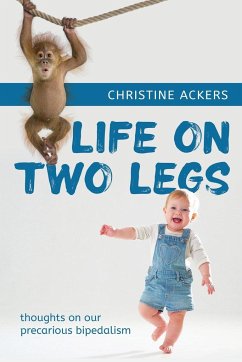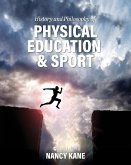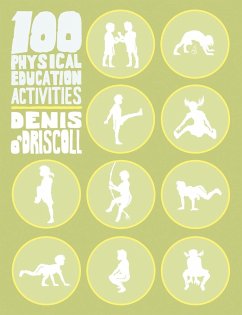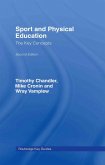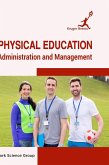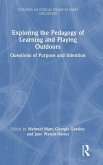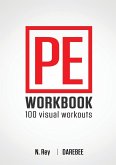Contrary to current anthropological theory that the human spine is inherently weak, this book argues that the basic design of our four-legged mammalian body has evolved perfectly for life on our hind legs - both for standing and for sitting, which has become almost a lifetime's occupation for many of us. Sadly too many sedentary lifetimes come with a long list of aches and pains that we treat with an equally long list of remedies; from massage to remedial exercise, to prosthetics, to ergonomically designed furniture, with no long-term satisfactory results. There is now more recognition that our way of sitting - our posture - is a contributory factor to the development of our ailments. But how to improve it has defeated us for centuries, until F M Alexander, in his attempt to correct his own crippling complaint, discovered an entirely new way of looking at this. Instead of looking outside himself for the remedy - that is, looking for the 'right' chair, or the 10 minutes-a-day exercise, or trying to pull his head in, or drop his shoulders - he examined what he was doing all over, all at once. Essentially, how all the parts of himself related in a perfectly balanced whole. The word holistic rather than piecemeal is crucial to understanding how good posture is comfortably and safely maintained in the complex mix of biological matter densely threaded through with more electrical wiring than Alan Turing's computer, that is us. Alexander looked at himself as a whole organism that balanced perfectly and held itself in the poised shape of childhood when he learned how to avoid the damaging habits he'd acquired in adulthood. With the technique he developed for conveying the lost experience of lightness and balance, we can all learn from a teacher trained in his work how to regain pleasure in activities as natural as standing and sitting - and to enjoy injury-free walking, running, jumping and climbing, dancing and singing and a myriad of other movements we can make with the marvellous range possible since we arrived on two legs. Alexander's unique use of his hands in teaching developed over many years, was critical to conveying the experience of his revolutionary ideas: in the main we learn and understand from experience. Words can only be an adjunct to the knowledge that embeds within our bones. But sometimes a bit of thinking can help learning along. These essays were all 'organic' and pertinent in that they were engendered by the questions posed by pupils - eg. the FAQ of the century: 'Could you just show me how to bend?' To which the answer is found in F M Alexander's teaching us to experience, think and learn. This book is part-memoir of an Alexander teacher's fifty years' experience in both learning to deal with her own poor-use afflictions of body and spirit, and part explication of Alexander's teaching to help others gradually address self-injury by a comprehensively different approach to posture and co-ordination in one's use.
Hinweis: Dieser Artikel kann nur an eine deutsche Lieferadresse ausgeliefert werden.
Hinweis: Dieser Artikel kann nur an eine deutsche Lieferadresse ausgeliefert werden.

